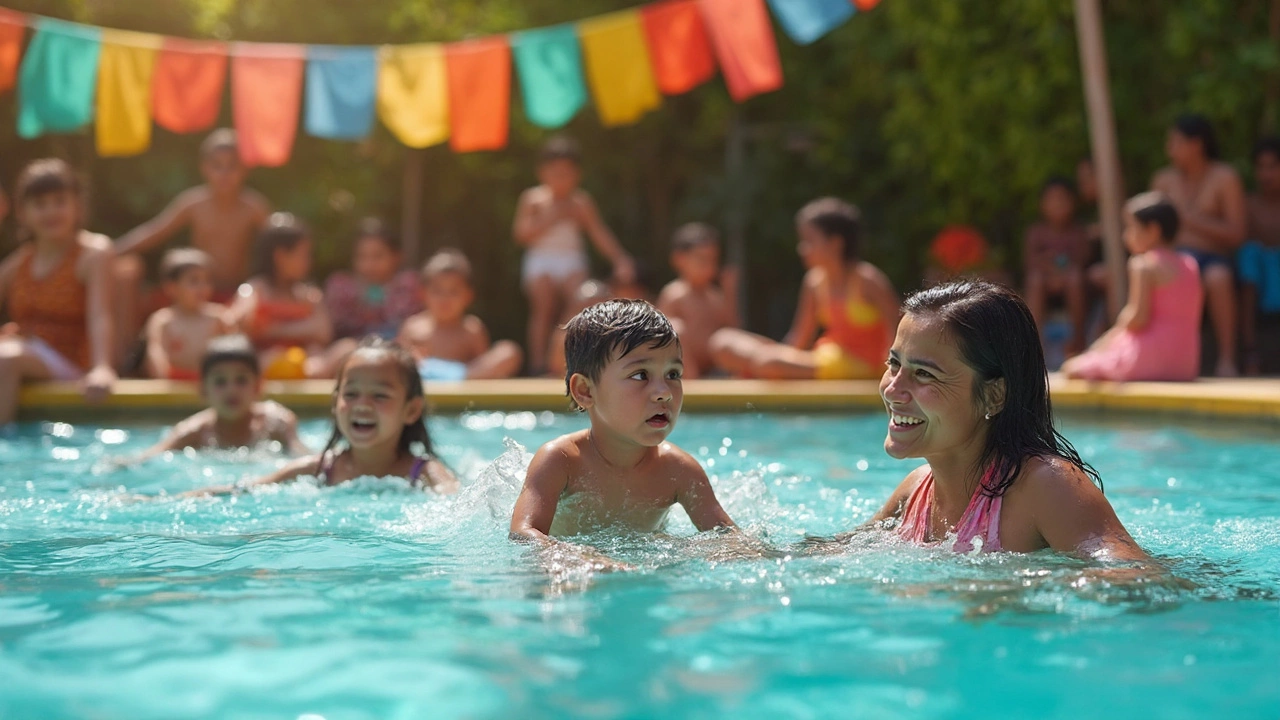Best Age for Sports, Fitness & Training
Ever wonder if there’s a magic number that tells you when you’re at your athletic prime? The short answer is yes, but it’s not a one‑size‑fits‑all figure. Different sports and activities favor different age ranges, and your own goals matter a lot. Let’s break it down in plain terms so you can plan smarter, whether you’re just starting out or looking to stay sharp later in life.
When Does the Body Hit Its Peak?
Most people hit a physical peak between their early twenties and early thirties. Muscle strength, aerobic capacity, and recovery speed are usually highest in this window. For sprinting, gymnastics, and high‑impact sports, the sweet spot is often 18‑25. Endurance events like marathons or long‑distance cycling tend to favor athletes in their late twenties to mid‑30s because the body has built up a strong aerobic base and better pacing skills.
If you’re into strength‑based sports such as weightlifting or powerlifting, you might see peak performance stretch into the late thirties. By then, you’ve accumulated years of technique, neuromuscular efficiency, and mental toughness, which can outweigh the slight decline in raw hormone levels.
How to Train at Any Age
Age is just a number if you adjust your training smartly. Younger athletes should focus on building solid fundamentals—good form, balanced mobility, and a mix of strength and cardio. Over‑loading too early can lead to injuries that ruin long‑term progress.
For those in their thirties and beyond, the key is recovery. Adding extra rest days, incorporating mobility work, and listening to how your body feels after workouts can keep you steady. Strength training stays crucial, but lighter loads with higher reps can protect joints while still building muscle.
Older adults (40+) gain the most from consistency rather than intensity spikes. Walking, swimming, or low‑impact cycling keep the heart healthy without stressing bones. Pair that with resistance bands or body‑weight moves a few times a week, and you’ll maintain muscle mass and bone density.
Nutrition also shifts with age. Protein needs stay high to support muscle repair, while calcium and vitamin D become more important for bone health. Staying hydrated and timing carbs around workouts helps sustain energy, no matter your age.
Finally, set realistic goals. If you’re 16 and dreaming of a varsity scholarship, focus on skill development and balanced training. If you’re 35 and aiming for a first half‑marathon, build mileage gradually and prioritize sleep. At 55, a goal of staying active for daily life is just as worthy and often more enjoyable.
Bottom line: there isn’t a single "best age" for every sport. Your personal circumstances, injury history, and enthusiasm shape the optimal window. Use the age ranges as guidelines, not rules, and tailor your plan to match how you feel today.
Want to keep improving? Track your workouts, note how recovery feels, and tweak intensity as you age. The body adapts when you give it clear signals, so stay curious, stay consistent, and enjoy the journey at whatever age you’re at.
